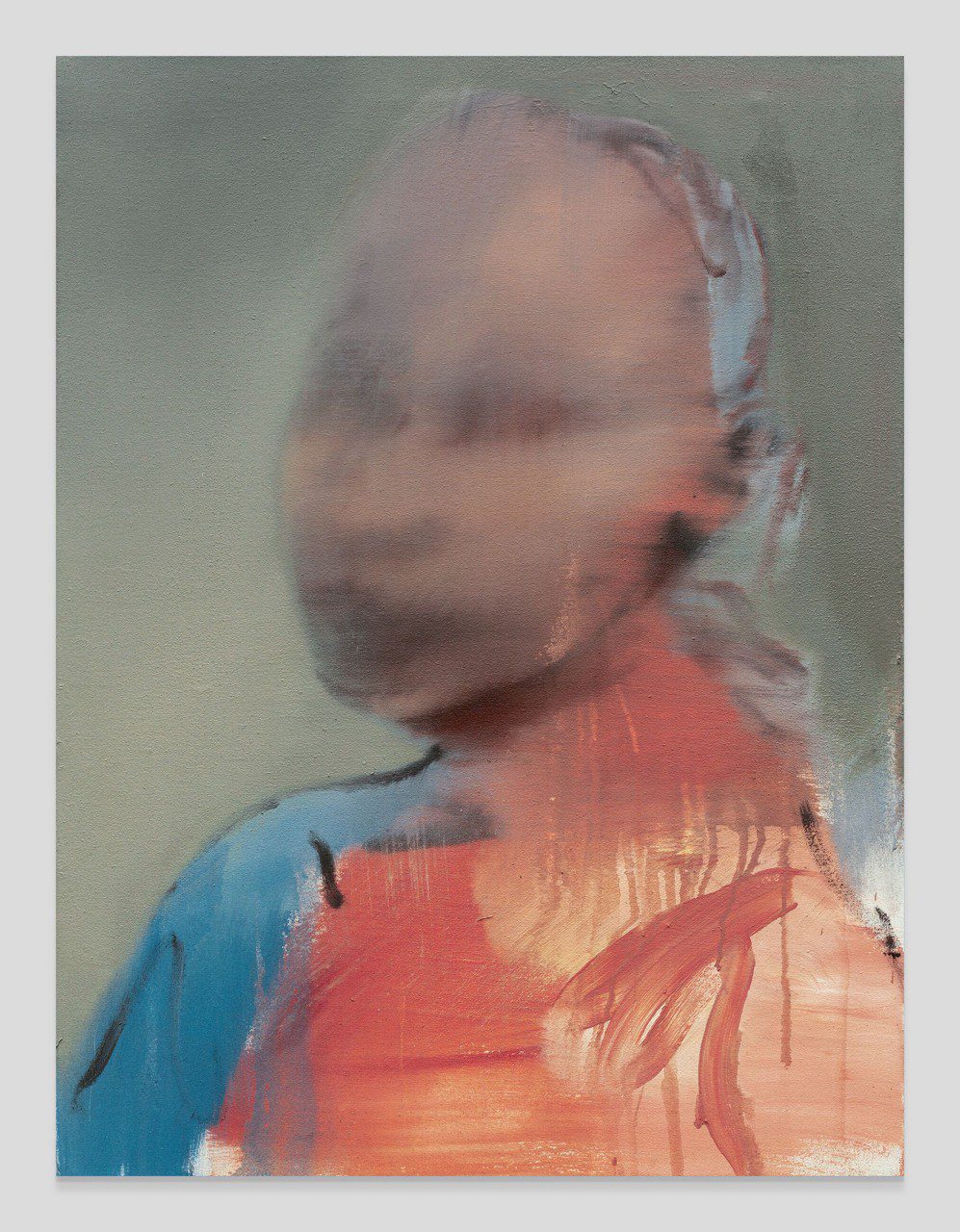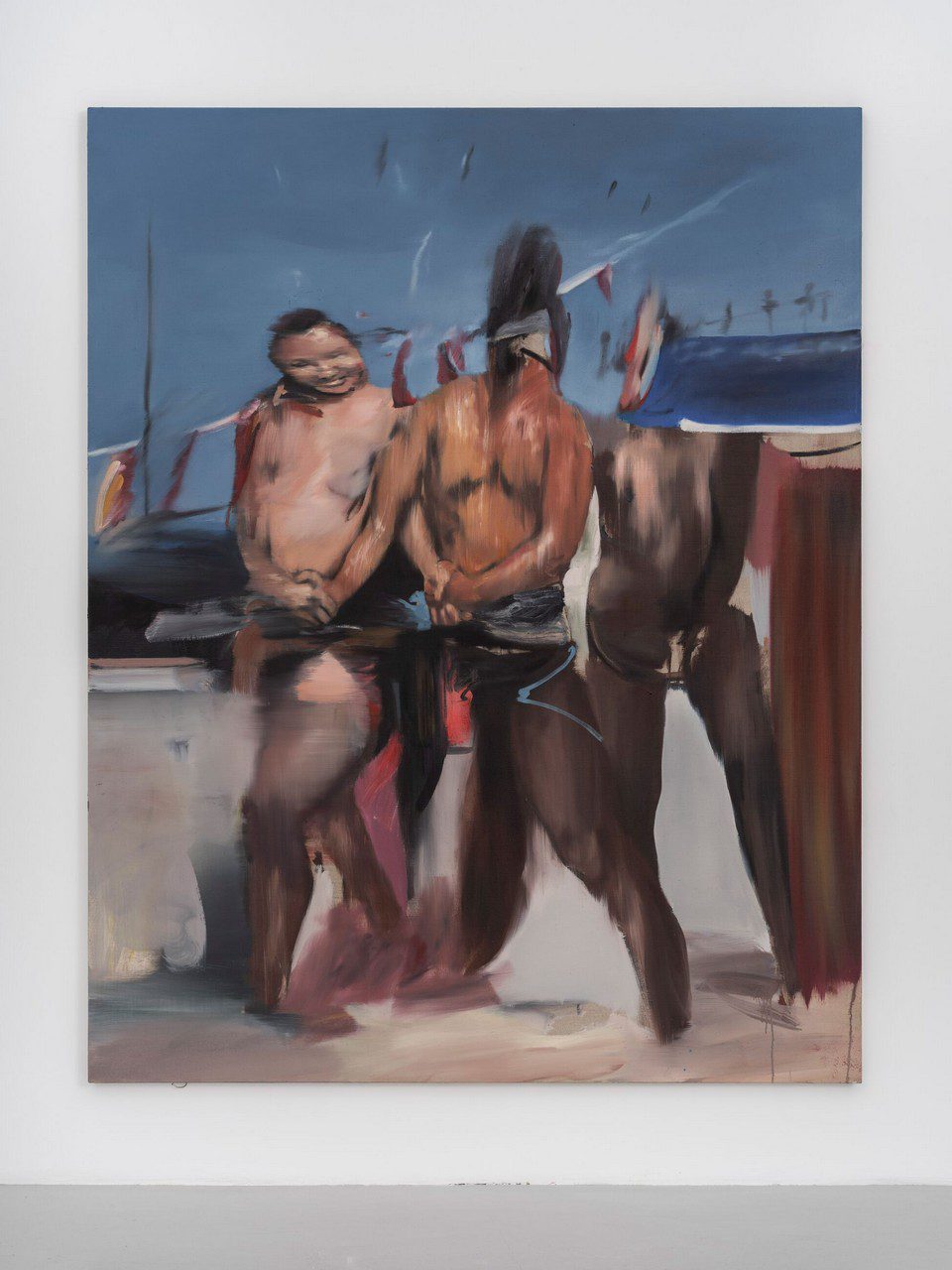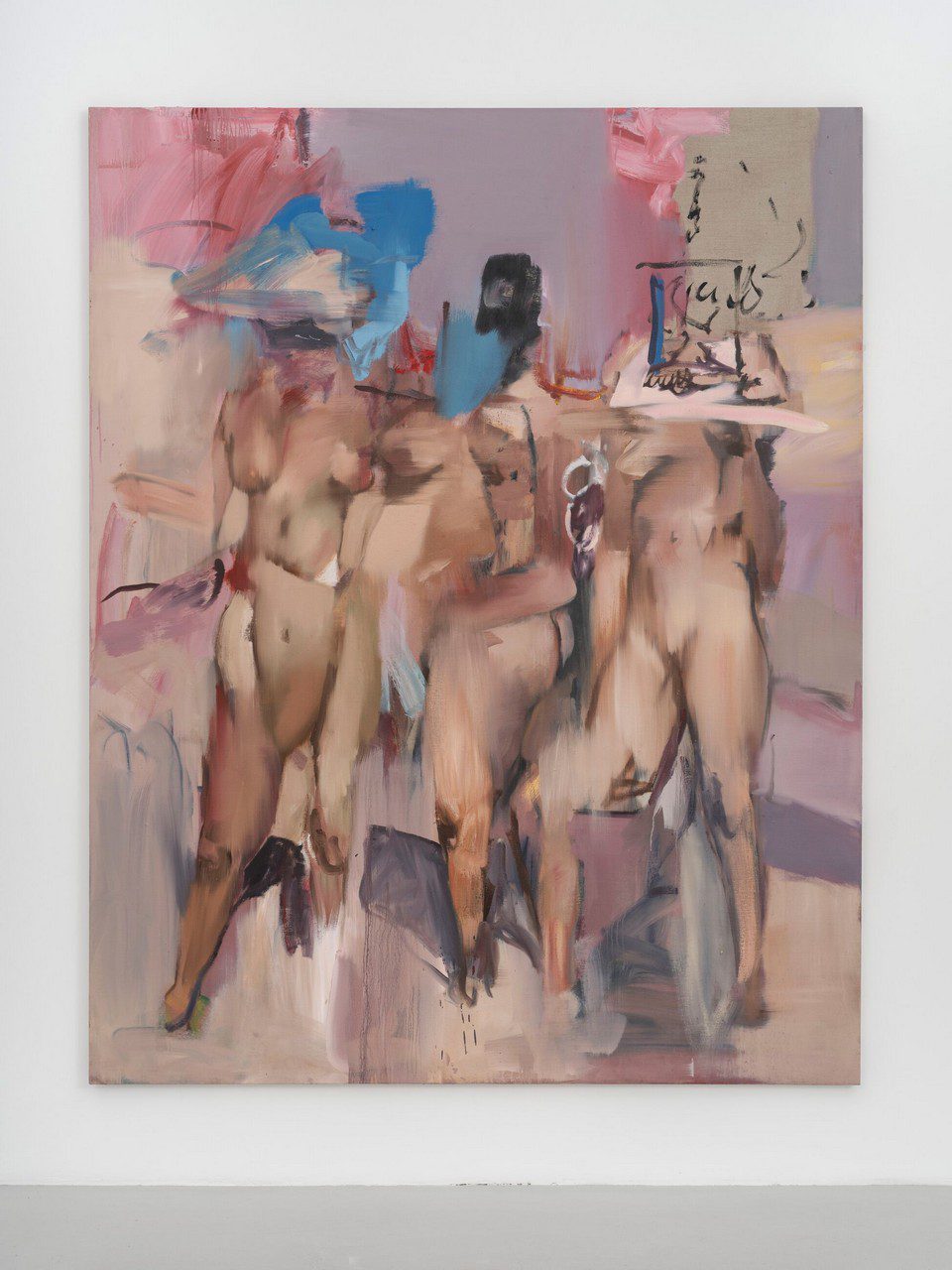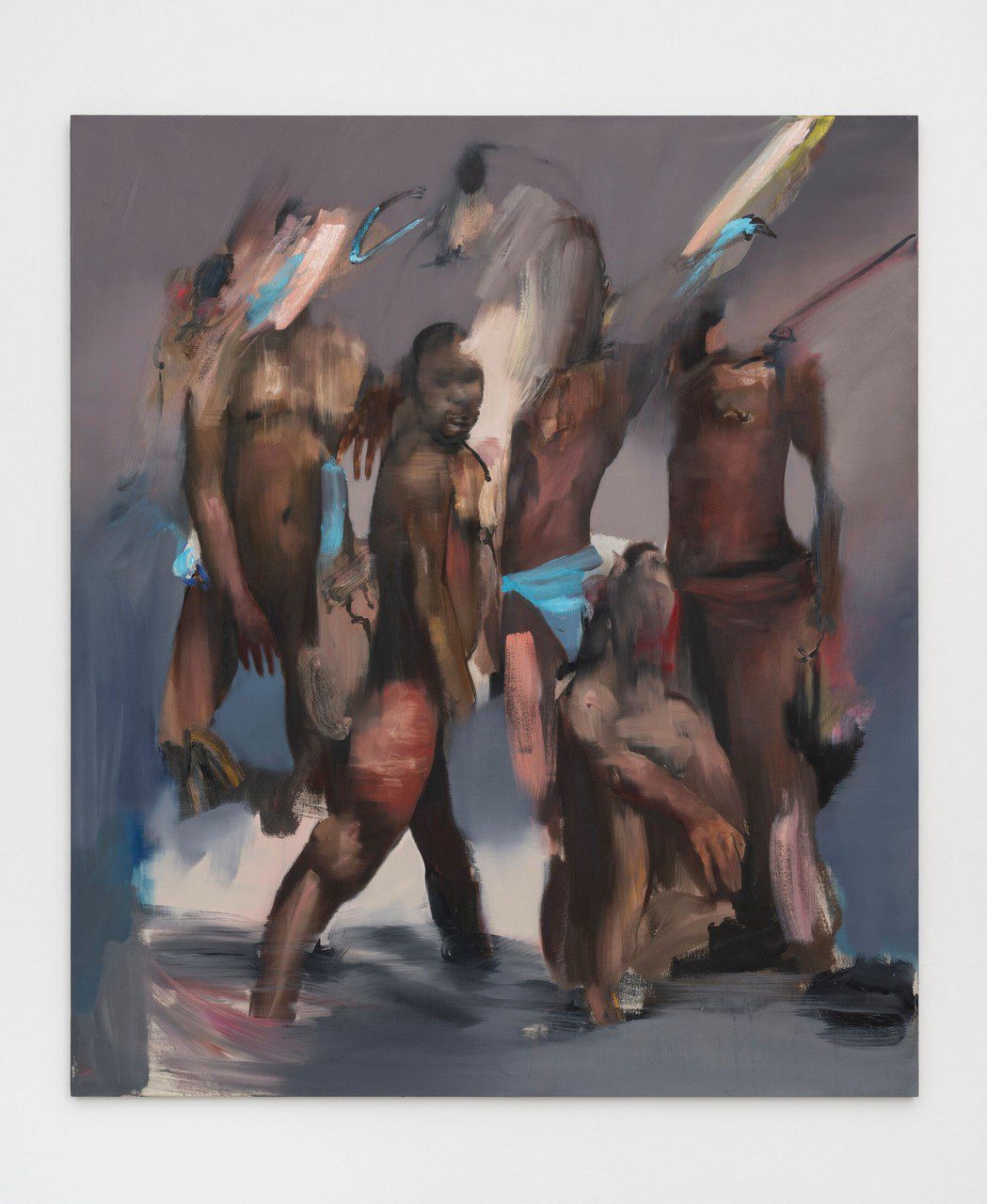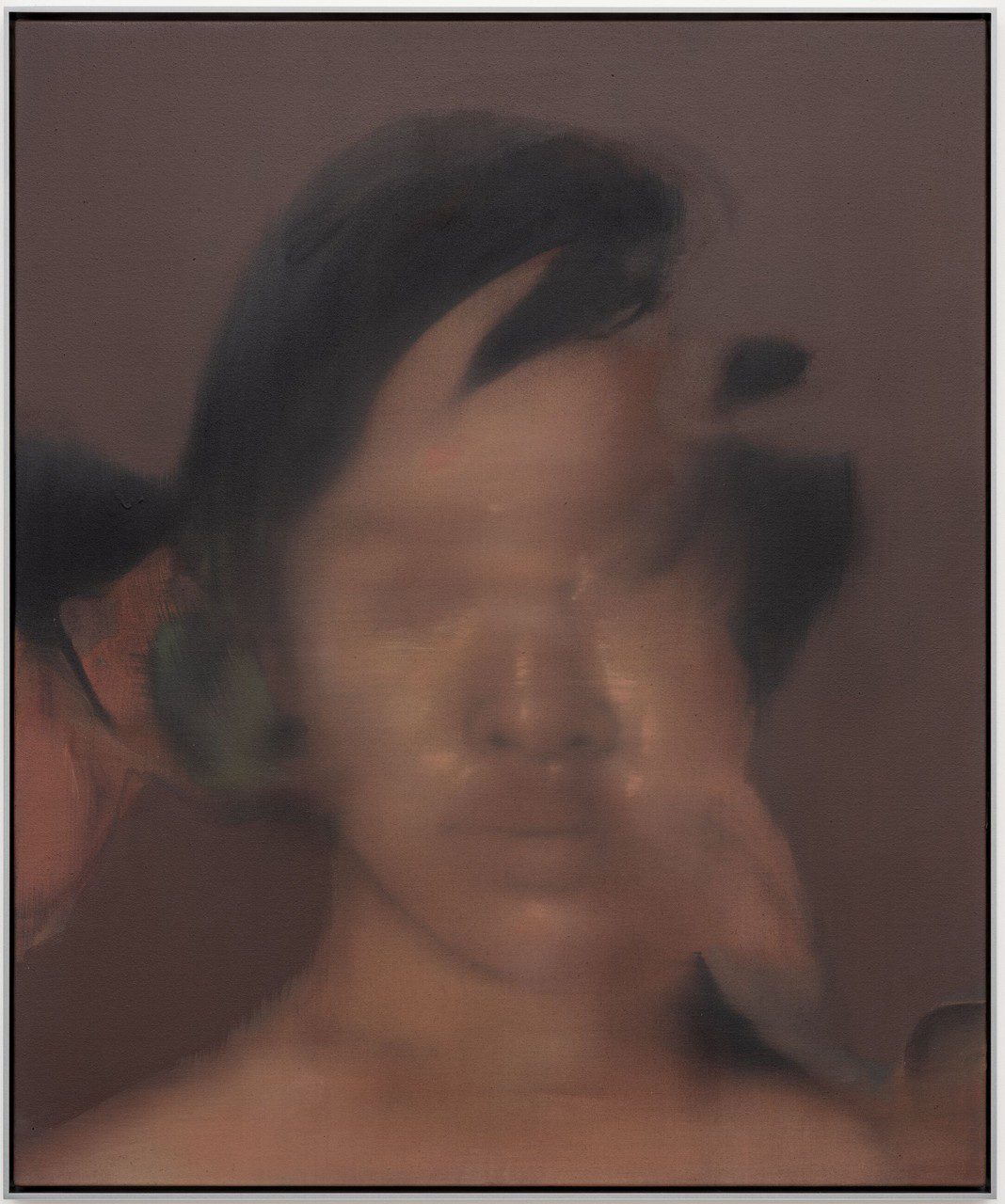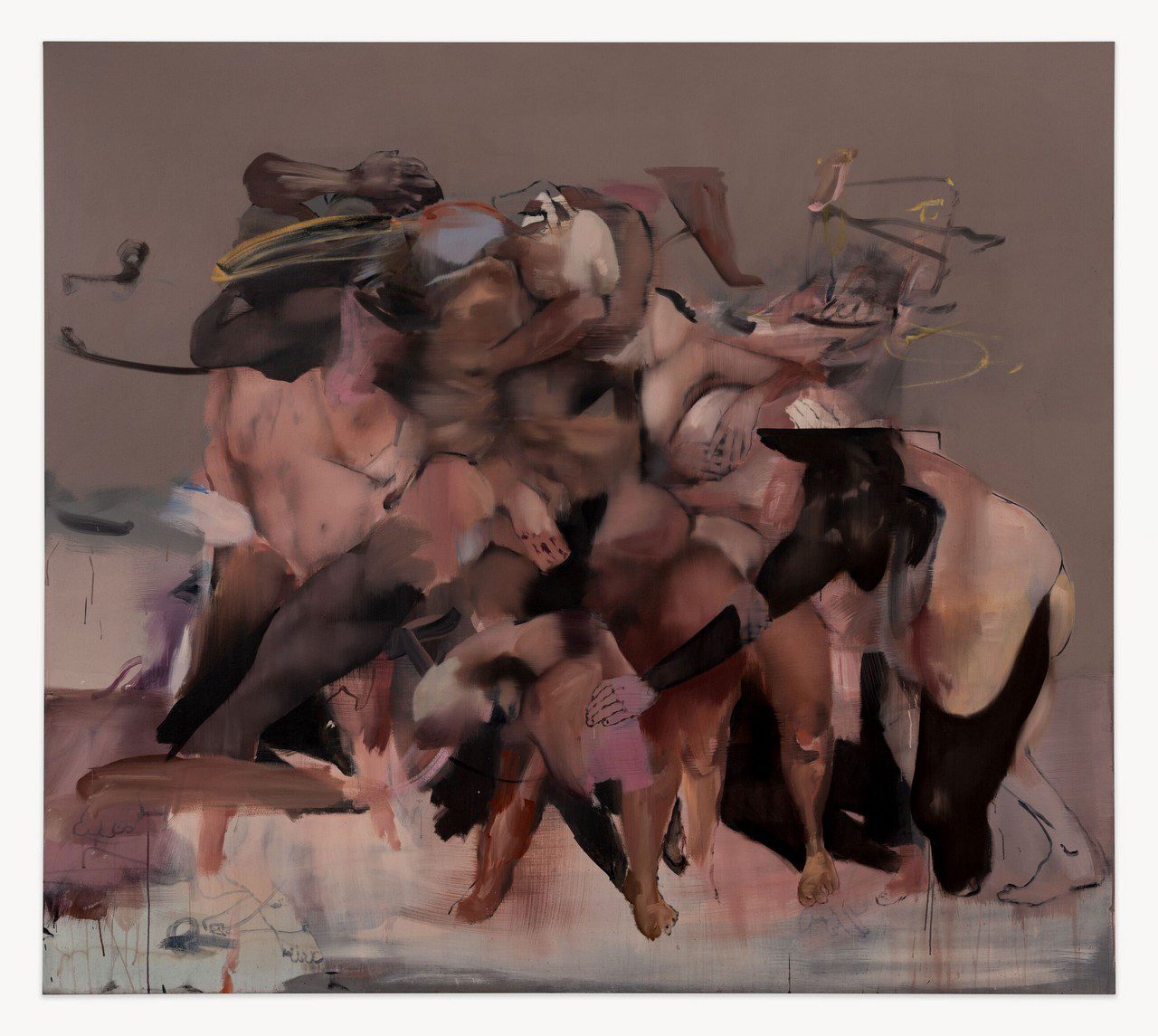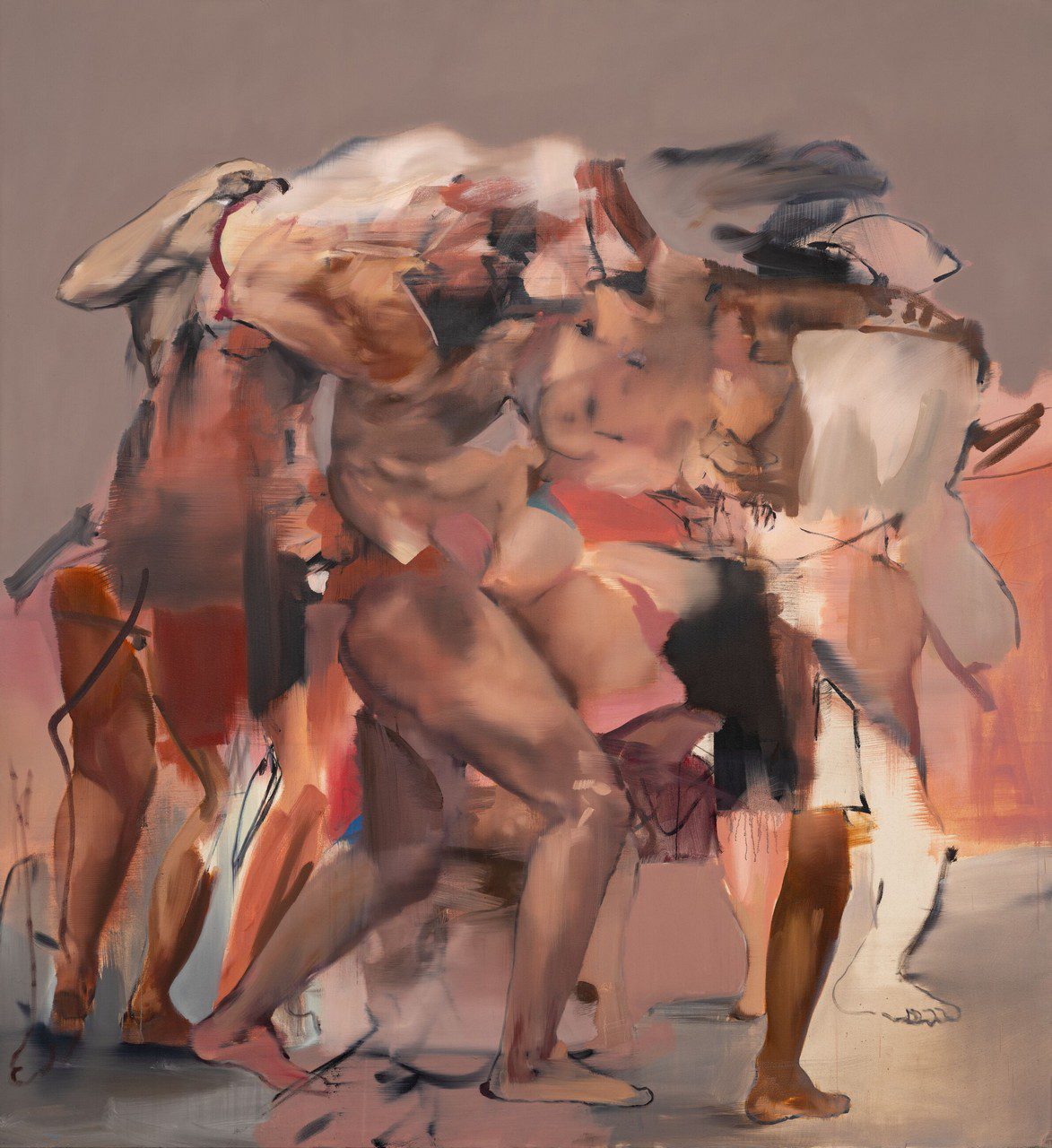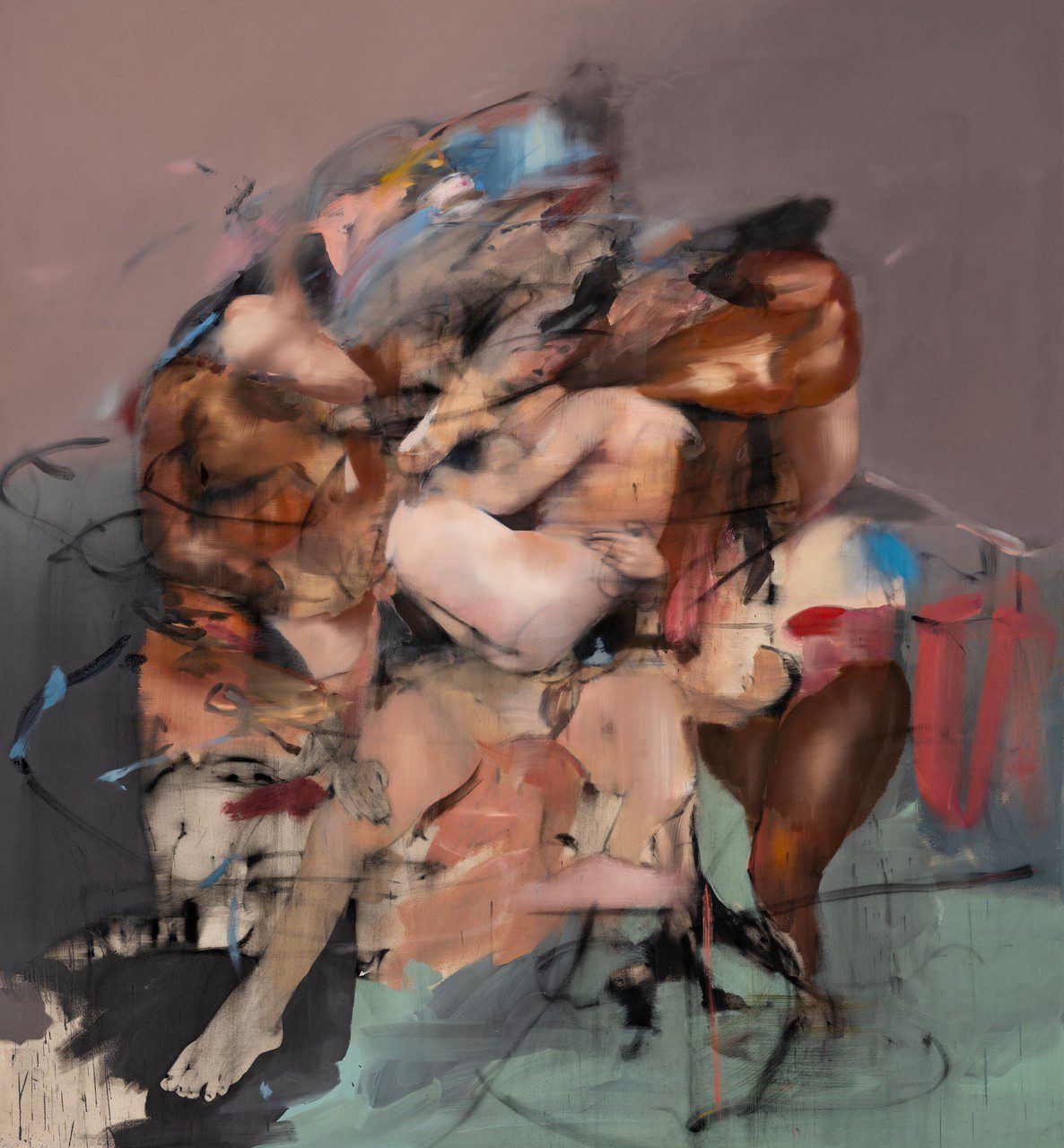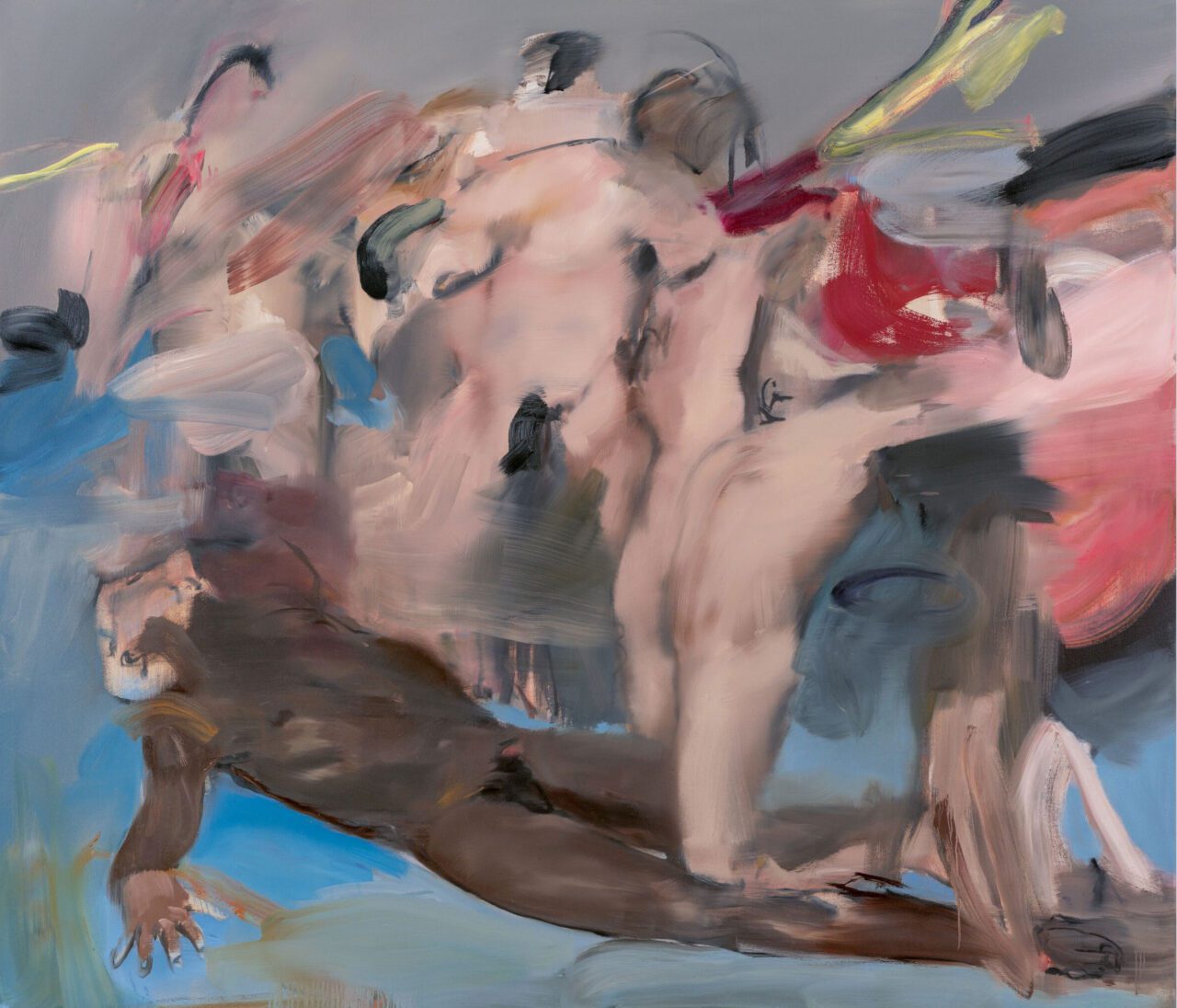PRESENTATION: George Rouy-The Bleed Part II
George Rouy’s dynamic and signature use of the human figure, vexed with desire, alienation and crisis, speaks to the extremities of our time; portraits of identity in a globalized and technologically driven 21st Century. Focused on the relationship between interior landscapes and the body in motion, Rouy’s work presents us with a new language confronting the human body with bold and subversive energy, transformation and flux.
By Efi Michalarou
Photo: Hauser & Wirth Gallery Archive
“The Bleed, Part II” is George Rouy’s first US solo exhibition with the Hauser & Wirth Gallery. Following Rouy’s recent London presentation, this ‘second chapter’ features work extending his exploration of human mass, multiplicity and movement. Having emerged as a leading figure among his generation of painters, the artist gives form to a distinctive dynamism that characterizes key experiences of contemporary life—desire and vexation, the urge to connect frustrated by alienation—to address emotional extremities in a globalized, technologically-driven age. The exhibition takes its title from Rouy’s concept of ‘the bleed,’ the ways in which figure and void manifest and interact on the surface of his paintings, resulting in a physical seeping, bleeding and merging. Rouy further extends the bleed to the related concept of ‘the surrounds,’ zones where flesh and bodily properties meet their surrounding conditions—from the intensive attributes of temperature, density and speed to extensive forms of mass, volume and entropy. Adhering to these concepts, the paintings on view reflect tensions between individuals and their environments in parallel with conflicts and harmonies among individuals or groups. Rouy uses abstraction to disrupt familiar paths of interpretation, guiding the pace at which the viewer reads his paintings. Faces are enfolded, blurred or completely removed from the images, stripping it of its function as a powerful signal or signifier to focus on the body. Consequently, the hands of Rouy’s figures take on a significant role: they connect different parts of the painting’s surface and lead the viewer’s eye and mind through the composition. Possessing an uncanny familiarity, each painting’s composition, forms and energetic impact arise as much from the artist’s mind as from a phantasmagoria. Shapeshifting from unified, ambient subjects made strange and alluring through their sparse and enduring symbolism, to fever dreams of androgynous and gestural forms, charged with lurid flashes of pigment and passages of abstraction, Rouy’s work brings to sharp focus recurring themes: the face as a mask, the individual as a mirror, the self as a shadow. Rouy refers to his distinctively monochromatic works as ‘phantom paintings.’ Combinations of silver pigment and black charcoal allow the artist to explore extremes of light and dark, chiaroscuro effects that suggest moments in which previously hidden things are flickeringly illuminated and then erased from view. In ‘The Bleed, Part II’ Rouy introduces color to the graphite works, which appear as if weight, mass and feeling in the figure has been body mapped at great speed. The influence of photography and screen-based imagery is evident in all the works, conjuring through the visceral, physical medium of paint the fragmented, distorted reality of our digital age. Illustrating groups of figures in extreme physical and psychological states, Rouy’s art harkens back to such art historical milestones of narrative tragedy as Theodore Gericault’s ‘The Raft of Medusa’ (1818), depicting the survivors of a famous shipwreck, or ‘The 3 May 1808’ (1814) by Goya, which portrays the execution of Spanish rebels by French troops in Madrid, which is directly referenced in Rouy’s painting, “Absentee” (2025). Marshalling the contradictory forces of stasis and flow, precision and indeterminacy, Rouy uses human figures and the oscillation of space between and around them, to reflect on issues of collective care and conflict, considering the question of how we tend to one another from birth until death and how our lives are shaped by the search for balance.
Photo: George Rouy, Ethereal Bleeding, 2023, Oil and acrylic on canvas, 190 x 221 cm, © George Rouy, Photo: Deniz Guze, Courtesy the artist, Hannah Barry Gallery and Hauser & Wirth
Info: Hauser & Wirth Gallery, 901 East 3rd Street, Los Angeles CA, USA, Duration: 18/2-1/6/2025, Days & Hours: Tue-Sat 11:00-18:00, www.hauserwirth.com/
